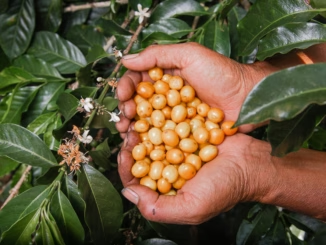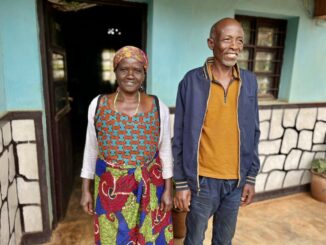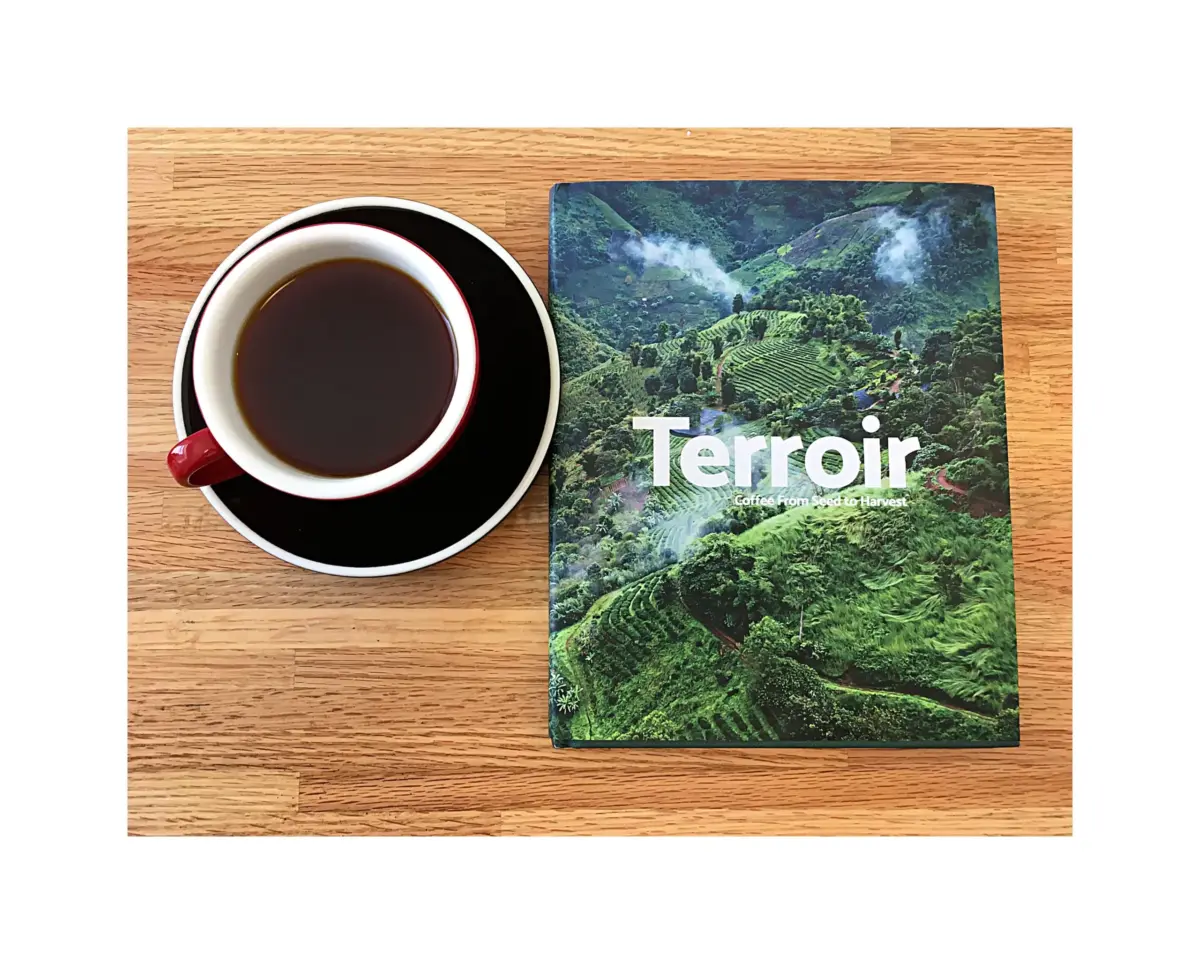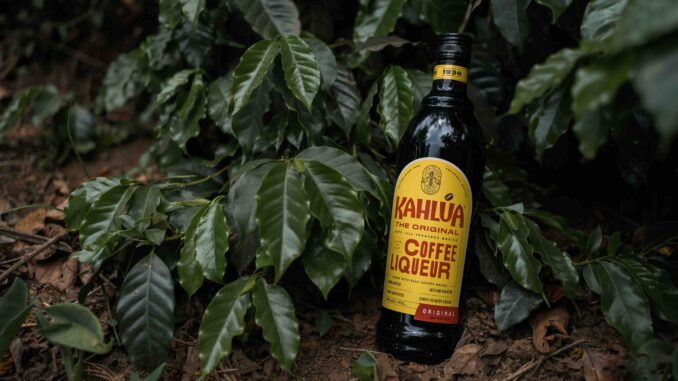
The company’s approach uses environmental, social, and economic measures to improve the livelihoods of coffee-growing communities and promote sustainable farming practices.
BY VASILEIA FANARIOTI
SENIOR ONLINE CORRESPONDENT
Photos courtesy of Bethan Mackenzie
Though you’re likely familiar with its recognizable yellow-and-red bottle of coffee liqueur, Kahlúa has a storied history, which began in 1936 in Veracruz, Mexico. It was born from the idea to create a coffee liqueur using arabica coffee from the region. Today, Kahlúa remains a popular coffee liqueur due to its distinct flavor profile and versatility in cocktails, including coffee cocktails, which are gaining more popularity all the time.
For the past six years, the Pernod Ricard-owned brand has been working to improve the sustainability of its coffee supply chain, with a focus on supporting the farmers who grow the coffee beans used in its liqueur, through its Coffee for Good initiative.
Helping to Improve the Lives of Coffee Farmers in Mexico
In 2016, Kahlúa launched the Coffee For Good initiative to improve the livelihoods of coffee-growing communities and promote sustainable farming practices. The company partnered with local NGO Fondo para la Paz, as well as agroecological experts INIFAP and coffee-farming experts CAFECOL, to fund a sustainable development plan.
This approach is based on three key factors: environmental, social, and economic. The company strongly believes that each of these factors informs the other. Six years after the Coffee for Good initiative was launched, Kahlúa is celebrating its biggest harvest, reaching a 100% sustainable coffee harvest to cover all production by November 2022. To mark this occasion, Kahlúa created a free downloadable toolkit that provides all the information needed to follow the three-factor development approach.
”Kahlúa is associated with good times, but for those good times to continue, we recognized that the way we consume, do business, and ultimately live, had to change,” says Giancarlo Martins, global marketing manager at Pernod Ricard. “So as the world’s most recognized coffee liqueur brand, we knew we had to act. We embarked on a long journey of sustainability which involved going back to the beginning—to the birthplace of Kahlúa in Veracruz.”
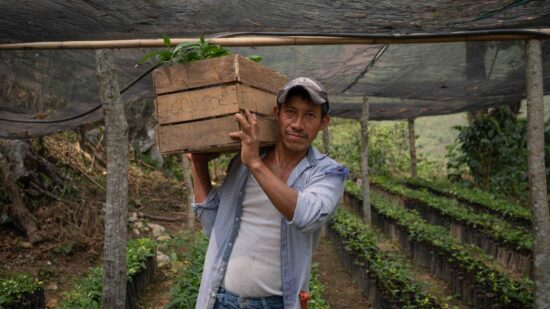
The Three Pillars of Coffee for Good
Fondo para la Paz’s three-pronged approach to sustainable development is based on environmental, social, and economic pillars. Kahlúa’s free toolkit offers detailed information on how to implement this approach, with a focus on the coffee supply chain.
The Coffee For Good project is now working with a total of four remote villages in the mountains of Veracruz (Ocotempa, Atempa, Oxtotitla, Coxititla) and approximately 473 individual farmers. Let’s take a closer look at the impact of the project through the lens of its three pillars.
Environmental: Working with local experts, Fondo para la Paz developed a series of best practices for sustainable coffee farming. These include techniques for water and soil conservation, as well as planting trees to provide the correct amount of shade for coffee plants. Farmer training is also a key part of the program, with experienced and younger farmers alike being taught about coffee management, crop diversification, and sustainable farming techniques.
Social: The Coffee for Good initiative also focuses on improving social cohesion and gender equality within coffee-growing communities. Fondo para la Paz and the communities worked together to build dry toilets and rainwater tanks close to houses, which removed the need for women to walk to the nearest water source. Many women now have the chance to take over key roles in planning and managing finances.
Economic: A key part of the Coffee for Good initiative is providing farmers with the skills and knowledge they need to be financially independent. The company has provided finance and budgeting training, which was continued by the women in the villages and applied to their businesses. This has helped to increase long-term yields, while maintaining soil fertility and the biodiversity of the land. Farmers learned how to diversify their crops by planting vanilla, plantain, and maize, which they can sell for additional income.
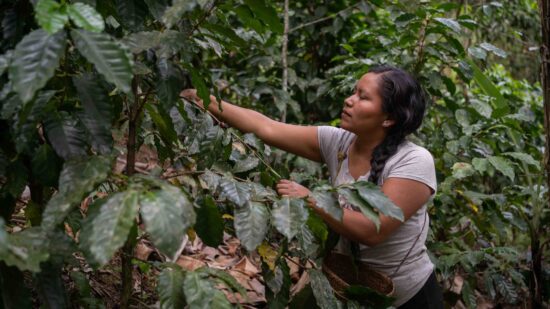
Looking Ahead
The Kahlúa company hopes that the free industry toolkit will inspire other businesses to find something that might work for them, too. And in the immediate future, Kahlúa plans to expand the Coffee For Good program to two more villages—Popocatepec and Mitepec—as well as implement scholarships for young people to attend agricultural college, strengthen leadership skills for women, and provide farmers with Wi-Fi access.
“By working with Fondo para la Paz, we’re proud of the program that is Coffee For Good, but we’re also aware that as a brand, the goalpost is always moving,” says Giancarlo. “We’re always looking for the next step in our own journey.”
Kahlúa’s success with the Coffee for Good initiative so far is a model for what’s possible when companies commit to sustainability initiatives. With the right partnerships and approach, sustainable practices can be good for business, the environment, and the people who depend on the company’s products for their livelihoods.
ABOUT THE AUTHOR
Vasileia Fanarioti (she/her) is a senior online correspondent for Barista Magazine, and a freelance copywriter and editor with a primary focus on the coffee niche. She has also been a volunteer copywriter for the I’M NOT A BARISTA NPO, providing content to help educate people about baristas and their work. You can follow her adventures at thewanderingbean.net.


